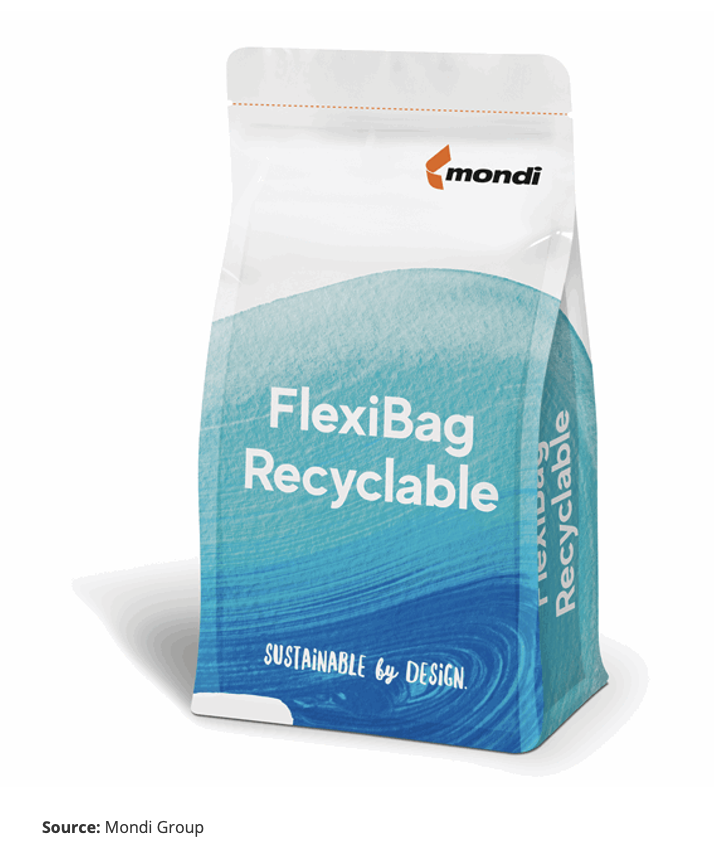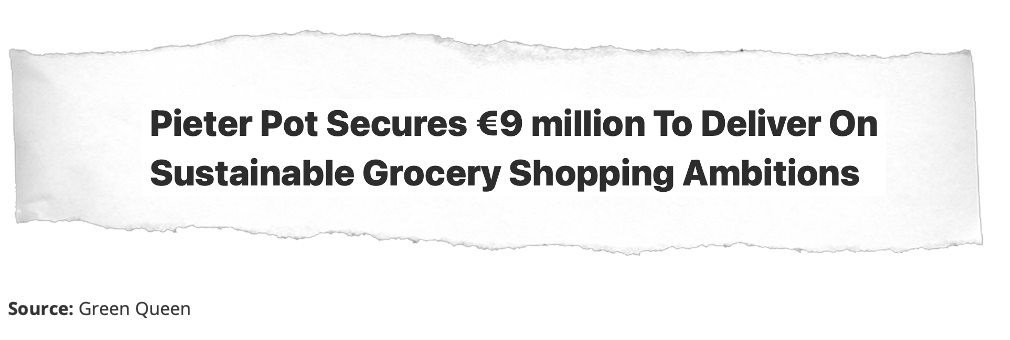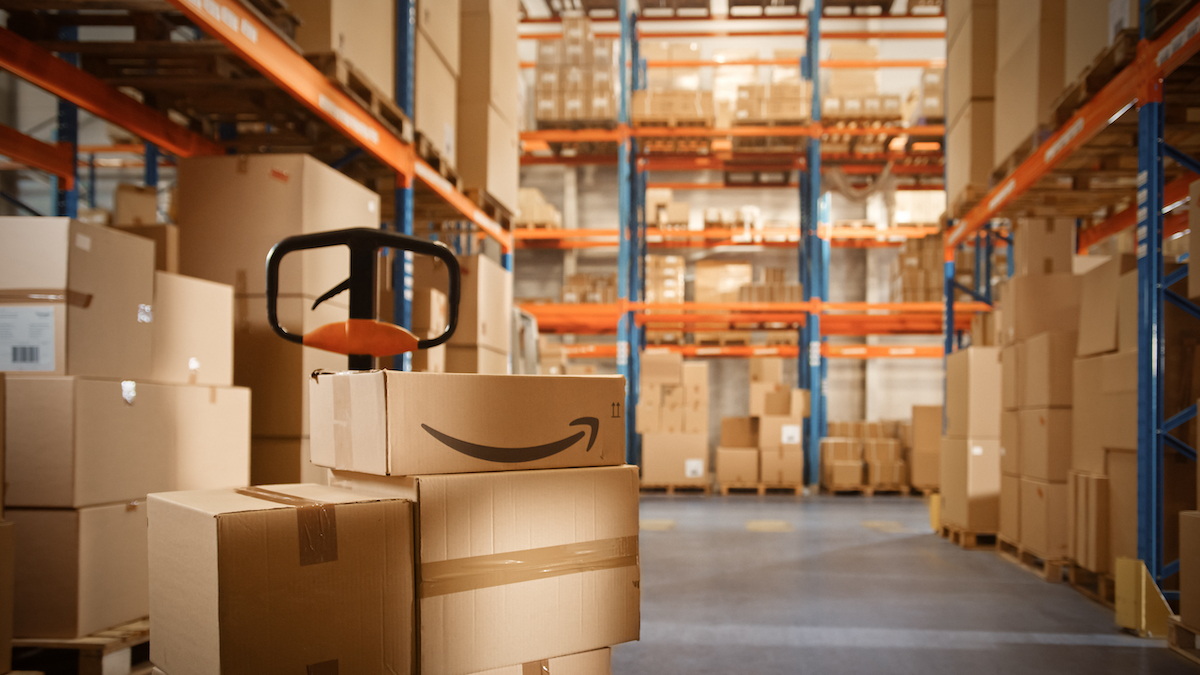- COVID-19 was the catalyst for rapid E-commerce growth, and this shows no sign of stopping.
- With increasing packaging needs, manufacturers are looking towards more sustainable materials.
- How does plastic fit into the sustainable packaging space?
E-Commerce Has Picked Up Through COVID
E-commerce has picked up through COVID, fuelling concerns around sustainability.
E-commerce sales accounted for around 17% of all purchases in 2020, up 7% year-on-year, and we think this figure could climb to 20% within the next five years.
The concern here is that E-commerce typically uses more packaging than traditional retail, given the need to protect items in transit.
So, how will E-commerce adapt to future sustainability demands and what does it mean for the plastics and packaging industry?
A Tough Balance
It’s difficult to find a packaging solution that meets the needs of the E-commerce world as well as the wider sustainability agenda.
On the one hand, truly sustainable materials must either have the potential for endless use, or the material must be fully biodegradable. On the other, E-commerce packaging often requires hard-wearing, lightweight, versatile, and waterproof packaging.
Consumers increasingly expect online retailers to use sustainable options, though, and plastic is often the first material to be eliminated. For instance, the retail and E-commerce space is currently under immense pressure to stop using flexible plastic films, largely due to the current difficulties surrounding collection and recycling.
Has Plastic Fallen Out of Favour with E-Commerce?
With a 40% market share in North America, and accounting for 9% of the global E-commerce market, Amazon is central to change and trends within this sector.
This month, the company announced plans to replace all single-use plastic packaging with paper-based bags or cardboard boxes in Germany by the end of 2021. This follows the elimination of all single-use plastic packaging across more than 50 of Amazon’s national fulfilment centres in India.

This is interesting as many studies point to paper-based packaging alternatives as being less sustainable in terms of carbon footprint, when compared to some plastic packaging options.
Nevertheless, ahead of a busy Black Friday weekend, US paper packaging provider, DS Smith, reported a 31% increase in E-commerce box orders (year-on-year).
Plastic packaging manufacturers and users within the E-commerce sphere must therefore start thinking about new ways to formulate and use plastic to improve sustainability credentials and public relations.
The Place for Plastic
According to Statista, the largest demographic of digital buyers is the millennial generation aged between 25 to 34, accounting for over 20% of buyers. This is closely followed by older millennials between 35 and 44, who make up about 17% of digital buyers. Given that younger generations are increasingly concerned with sourcing, there could be a massive opportunity for plastic to be incorporated into E-commerce in a sustainable way.
Whilst Amazon shuns plastic companies, French postal agency La Poste are taking a different tack. La Poste recently announced a partnership with packaging firm Hipli, which produces reusable PET and polypropylene (PP) postal bags that can be reused up to 100 times.

La Poste has also sourced materials from Finnish firm, Repack, which uses PP to create recyclable packaging.
Pet and animal owners are also getting into the E-commerce game. With E-commerce, owners can buy 20kg bags of pet food without having to carry it home. The trade-off is the use of additional packaging that preserves shelf life, prevents contamination, and shields from droppages in transit.
This month, packaging and paper firm, Mondi, launched its latest ‘FlexiBag in a Box’ concept aimed at the pet food market. Mondi’s FlexiBag in a Box comprises a mono-material flexible plastic pouch, coupled with a corrugated box that’s Amazon SIOC-approved (ships in own container) for E-commerce. The use of a mono-material plastic pouch means the packaging is highly recyclable and promotes the use of easily recyclable plastics, such as PET, PP, and PE.

Investors are also buying into sustainable plastic options. Dutch start-up, Pieter Pot, recently attracted €9 million in funding from private equity firm, ETF Partners, among several others. The company offers grocery delivery in reusable plastic packaging, which is then collected, washed, and reused.

Concluding Thoughts
- E-commerce is shaping packaging innovation but a shift to E-commerce shouldn’t be viewed as a setback for sustainability goals.
- Whilst you may have noticed changes in your latest Amazon order, plastic packaging still has a role to play.
- Although demand for thin films and excessive plastic packaging will bear the brunt of any future design changes, increased E-commerce spending will drive an overall increase in demand for plastic packaging.
- Design innovations will likely incorporate easier-to-recycle plastics, such as PET and PP, with a preference for mono-material solutions due to greater recyclability.
- Creating returnable and reusable plastic packaging may also help reduce waste and help lower CO2 emissions, whilst boosting collection rates for certain containers.
Other Insights That May Be of Interest…
Growth in Compostable Packaging
The War Against Plastics Enters its Next Stage
Explainers That May Be of Interest…
Czapp Explains: The Best Countries for Plastic Packaging Recycling














